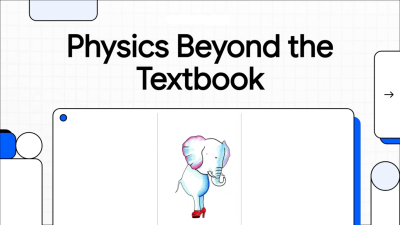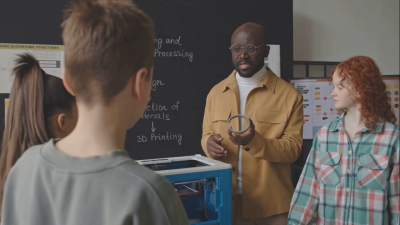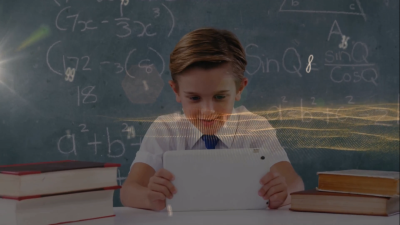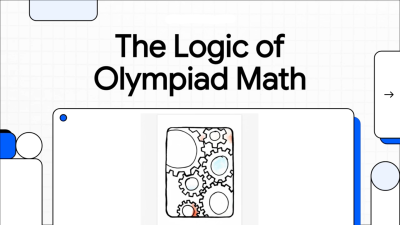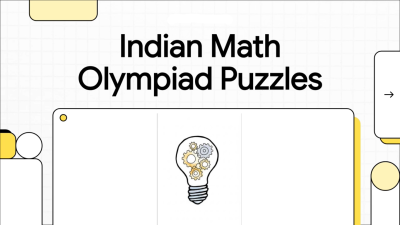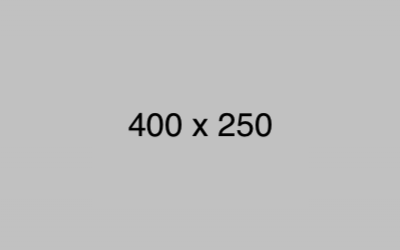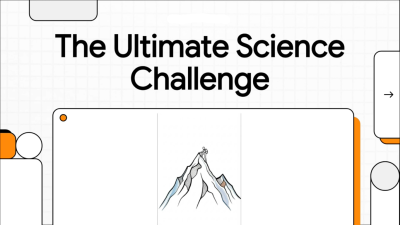Physics Foundation (Solved Sample Papers): Class 11 For Olympiads/IIT/ NEET
This book is like a big playground for anyone who wants to get better at physics. Instead of just explaining theories in a boring way, it throws you straight into questions, puzzles, and experiments that make you think. It starts with really simple ideas and slowly takes you toward some tough, mind-stretching challenges. The goal isn’t just to solve problems but to understand how real science works and how to use it in daily life or in competitions.
English
Last updated
Tue, 04-Nov-2025

